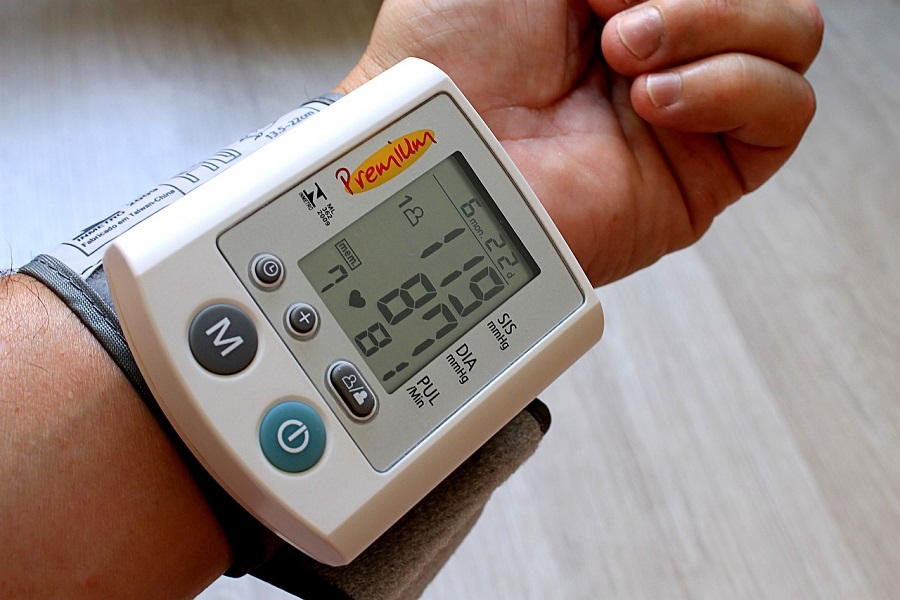Understanding How Blood Pressure Works
Understanding how blood pressure works is a critical indicator of cardiovascular health, reflecting the force exerted by blood against the walls of arteries as it circulates through the body. It is represented by two numbers: systolic pressure (the top number) and diastolic pressure (the bottom number). Understanding how to read blood pressure and why it’s important to monitor it can empower individuals to take control of their health and prevent serious complications.
Interpreting Blood Pressure Readings
1. Systolic Pressure (Top Number): This measures the pressure in the arteries when the heart beats or contracts, pushing blood out into the body. It is the maximum pressure exerted during each heartbeat.
2. Diastolic Pressure (Bottom Number): This measures the pressure in the arteries when the heart is at rest between beats. It represents the minimum pressure in the arteries.
Blood pressure readings are expressed in millimetres of mercury (mmHg), with the systolic pressure written above or before the diastolic pressure (e.g., 120/80 mmHg).
Understanding Blood Pressure Categories
Blood pressure readings fall into several categories, each indicating different levels of cardiovascular risk:
1. Normal: Blood pressure readings below 120/80 mmHg are considered normal.
2. Elevated: Readings between 120-129 for systolic pressure and less than 80 for diastolic pressure indicate elevated blood pressure.
3. Hypertension Stage 1: Systolic pressure between 130-139 or diastolic pressure between 80-89 indicates stage 1 hypertension.
4. Hypertension Stage 2: Systolic pressure of 140 or higher, or diastolic pressure of 90 or higher, indicates stage 2 hypertension.
5. Hypertensive Crisis: This occurs when blood pressure readings suddenly exceed 180/120 mmHg, requiring immediate medical attention.
Why Monitoring Blood Pressure is Important
1. Early Detection of Hypertension: Regular monitoring allows individuals to detect high blood pressure early, enabling prompt intervention and lifestyle modifications to prevent complications such as heart disease, stroke, and kidney damage.
2. Prevention of Cardiovascular Events: High blood pressure is a leading risk factor for cardiovascular diseases, including heart attacks and strokes. Monitoring blood pressure helps in managing this risk and preventing life-threatening events.
3. Assessment of Treatment Efficacy: For individuals already diagnosed with hypertension, monitoring blood pressure is crucial to assess the effectiveness of medications and lifestyle changes in controlling blood pressure levels.
4. Identification of Risk Factors: Monitoring blood pressure provides valuable insights into overall cardiovascular health and helps identify other risk factors such as obesity, high cholesterol, and diabetes.
5. Promotion of Healthy Lifestyle Habits: Regular blood pressure monitoring serves as a reminder to adopt and maintain healthy lifestyle habits, including a balanced diet, regular exercise, stress management, and limiting alcohol and tobacco consumption.
How to Monitor Blood Pressure
1. Use a Blood Pressure Monitor: Invest in a reliable blood pressure monitor for home use. Automatic digital monitors are user-friendly and provide accurate readings. You can pick one of these up from most local pharmacies or even Amazon. The wrist version is very popular and less intrusive.
2. Follow Guidelines: Ensure proper positioning and technique when measuring blood pressure. Sit comfortably with your back supported, feet flat on the floor, and arm supported at heart level. Also watch out for battery levels (if you are getting strange readings).
3. Take Regular Readings: Monitor blood pressure at least once a month or as recommended by a healthcare professional. Keep a record of readings to track changes over time.
4. Stay Consistent: Take readings at the same time each day, preferably in the morning before eating or taking medications, and avoid caffeine and tobacco for at least 30 minutes beforehand.
5. Consult Healthcare Professionals: Discuss blood pressure readings with healthcare providers regularly and follow their recommendations for further evaluation or treatment adjustments.
Conclusion
Understanding how blood pressure works and the importance of monitoring it regularly are essential for maintaining cardiovascular health and preventing serious complications. By taking proactive steps to manage blood pressure, individuals can reduce their risk of heart disease, stroke, and other related conditions, leading to a longer and healthier life.
For the NHS take on monitoring blood pressure, Click Here (opens in a new window).
Below is a short video about how blood pressure works. You might also like this article about understanding a healthy heart rate.
This article was first published by Bill Jones Mr Universe on Thursday 21st March 2024 at 14:30



